It has been widely reported on the Internet and discussion forums that the popular Olympus WCON-07 0.7X wide angle converter lens, which is very popular among Panasonic FZ-10 and FZ-20 users, could have a problem if it is used with the FZ-30. However, I still am not sure if this is a general problem or a problem that only happens to some users. The problem is that the FZ-30 and Olympus WCON-07 combo could cause a blur spot at the center of any image. Moreover, this problem exists no matter what the focusing distance is. The images below show the problem. All images were taken with the camera lens zoomed out to 35mm, and, the combo has 24.5mm focal length. The left image has the scene and the right one is a 100% crop of the center marked by the yellow frame. As you can see, there is a blurred spot at the center area.
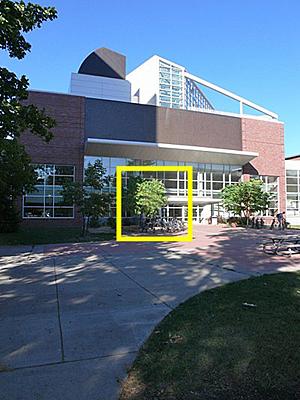
|

|
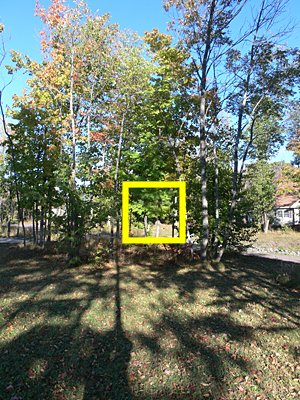
|

|
The cause of this problem is not clear. Fortunately, it is solvable to some degree with stock equipment.
While it is generally true that a converter lens should be placed as close to the camera lens as possible, not all converter lenses would behave the same way. For example, some Nikon converter lenses (e.g., TC-E2 2X and TC-E3ED 3X) used on a Canon A80 and A95 will need a spacer between the converter and the camera, where a spacer is a thicker ring used to push the converter lens farther away from the camera lens. Otherwise, edge sharpness is lower. Thus, a very possible solution to the above mentioned problem is to vary the space between the WCON-07 and FZ-30. Since it is impossible to reduce the gap without modifying the lens, we might want to try increasing the gap first.
A very simple way to increase the gap is not screwing the lens too tight to the camera. In order words, we might screw WCON-07 on to the camera tightly. Then, we may un-screw the converter lens in 1/4 turn and take some testing images. Repeat this process until the camera can no more hold the lens. If one of the images does not have a center blur spot, we know we have found the gap. In actual shooting, we just un-screw the converter lens to that amount, and there will be no blurred center spot. However, this process is somewhat risky because the converter lens may easily fall off from the camera.
Instead of this risky process, we might want to use step rings. Since the FZ-30 and WCON-07 both have 55mm, a 55-55mm step ring would be needed. Unfortunately, there is no 55-55mm step ring available in the market. One possible approach is the use of a 55mm filter. However, the thickness of filters may not be the same. Most filters have a thickness about 5mm with 3mm glass. A filter of this type pushes the WCON-07 at least 3mm away from the camera, and, as a result, a very slight vignetting may be seen at the extreme corners. The following image shows the 100% crop of the upper-right corner. If this approach is acceptable, one may buy a cheap protection or UV filter, break and remove the glass, and use it as a 55-55mm step ring. There are thinner filters; however, many thin 55mm filter may not have a front thread which means one has no way of mounting the converter lens to the filter. Therefore, try before you buy.
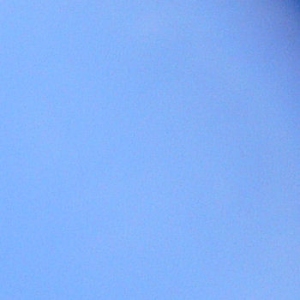
There are other ways to achieve a 55-55mm step ring. The easiest one is the use a 55-xx mm step-up ring followed by a xx-55mm step-down ring, where xx is a thread size larger than 55mm. By screwing these two rings together, we have a 55-55mm step ring. It is possible that this set-up is too thick and vignetting is possible. Fortunately, there are some thread converters available to reduce the thickness to minimal. To verify this approach, the following rings and thread converters are used. From left to right (see the image below), they are 55-62 step-up ring, 62-55 step-down ring, Chen 62-55 thread converter, and Photosolve 62-55 thread converter. The two step rings (i.e., 55-62mm and 62-55mm) are of general brand products, and thinner but a little more expensive versions are available. The Chen 62-55mm thread converter is designed for Chen's adapter tube for Panasonic FZ-10 and FZ-20 cameras to use the WCON-07 and TCON-17 lenses. Details can be found here. The Photosolve version is a very thin ring and is available here.

Matched a 55-62mm step-up ring with a 62-55mm step-down ring, a Chen 62-55mm thread converter, or a Photosolve 62-55mm thread converter yields a 55-55mm step ring. The following image shows the "height" when each of the three sets of rings is being used. From left to right, we have 55-62mm plus 62-55mm step rings, Chen 62-55mm thread converter plus 55-62mm step-up ring, and Photosolve 62-55mm thread converter plus 55-62mm step-up ring. As you can see, the 55-62 plus 62-55 version is too thick to avoid vignetting, while the Chen thread converter is shortest. A rough measure shows that the 55-62mm step-up ring plus Chen (resp., Photosolve) 62-55mm thread converter extends the lens by about 4mm (resp., 5mm).
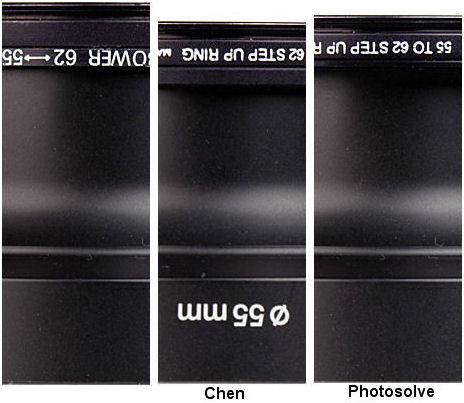
Then, we shall examine which version could solve the problem.
The left image below is the 100% center crop obtained with the 55-62mm step-up plus 62-55mm step-down rings version. Apparently, the center blur spot is gone or at least not very noticeable. However, vignetting at corners can be seen as shown by the right image below which is a 100% crop of the upper-left corner. Please also note some chromatic aberration in the form of purple fringes is visible. Therefore, this is not a very good solution.
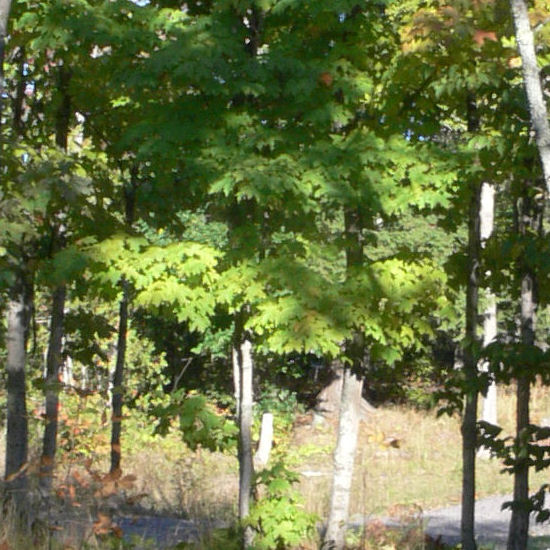
|
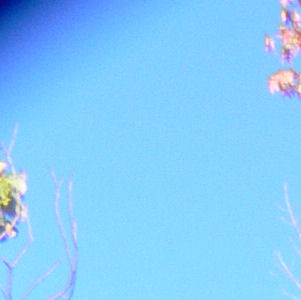
|
The following image shows the center 100% crop taken with the Chen 62-55 thread converter and a 55-62 step-up ring. Although the Chen 62-55mm thread converter looks thick, it actually compensates the depth of a 55-62mm step-up ring. As you can see, there is no blur spot or at least not noticeable.
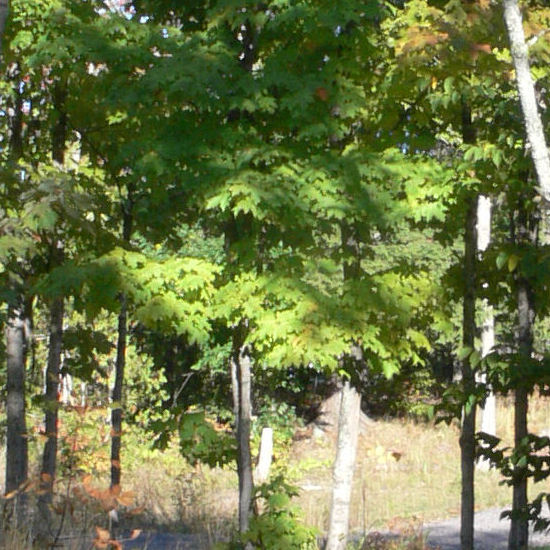
The Photosolve 62-55 step-down converter exhibits the same result as shown below. Vignetting is not a problem with both (Chen and Photosolve) thread converters.
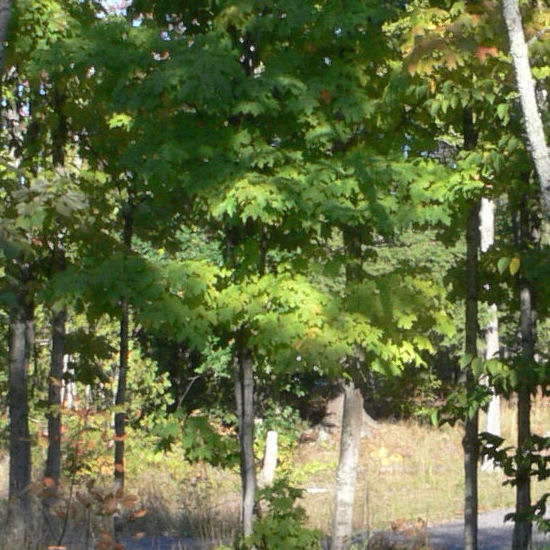
The following summarizes my findings: